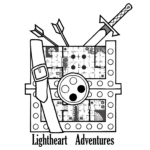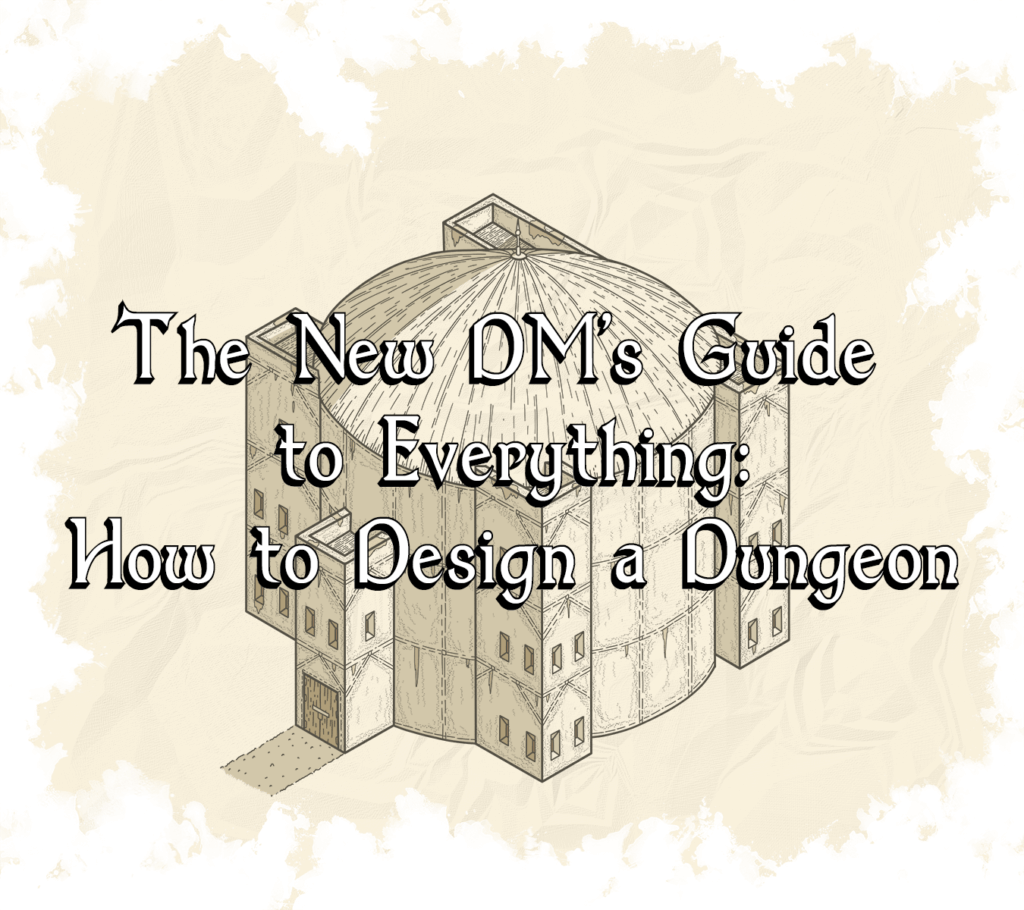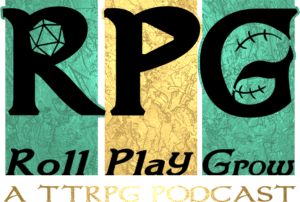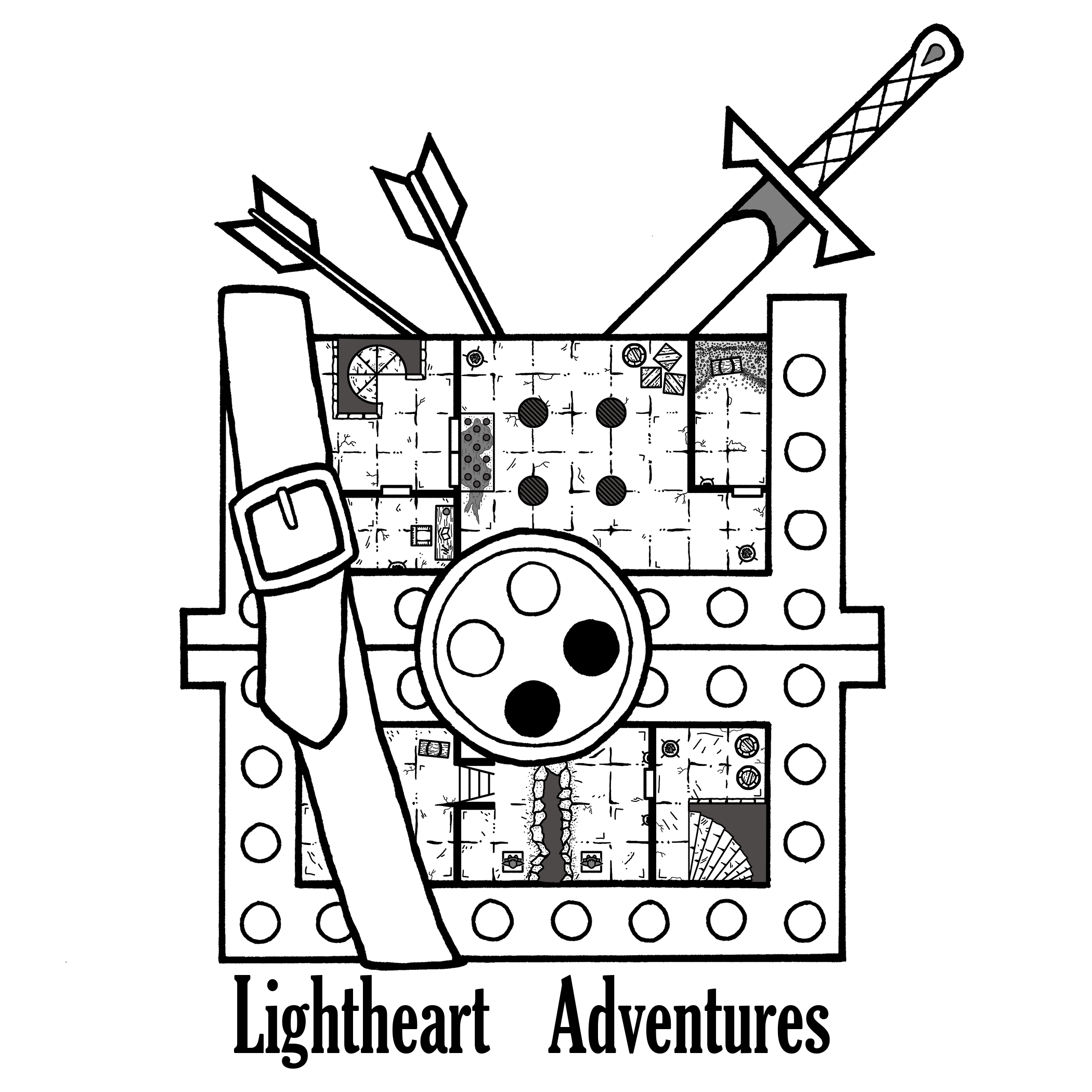Welcome back to our New DM’s Guide to Everything series! Previously, we explored designing smart encounters to challenge and entertain your players. This week, we’re discussing how to design a dungeon from the ground up!
Most dungeons don’t just pop into existence fully formed (unless you’re a wizard). These structures range from abandoned and forgotten tombs of dead royalty, makeshift headquarters for invading orcs, or anything your imagination can conceive! It can be daunting to come up with a dungeon that challenges your party, but I’ve got a few methods I’d like to share to make this easier.
Be sure to check out our other DM’s Guide to Everything posts:
- Getting Started
- How to Create a Safe Environment for your TTRPG Players
- Worldbuilding for TTRPGs
- Worldbuilding Part 2: Encounter ideas for your TTRPG map
- How to Design TTRPG Encounters
- How to Draw a Dungeon
Disclaimer: This post contains affiliate links, meaning we may receive a small commission from qualifying purchases if you click on our links, at no additional cost to you. As Amazon affiliates, we may earn from qualifying purchases. You can see our full disclosure here. Thanks for supporting your favorite dungeon artists!
Designing with a theme
Overall Feel
The first big question I ask myself when designing a dungeon is: What kind of experience do I want my players to have? Is this a traditional goblin cavern slog with plenty of combat? Or maybe a tense room-by-room exploration of a ghost-infested tomb? Deciding the “feel” of the dungeon helps determine what traps, encounters, monsters, and story beats happen within. For example, let’s say I want a claustrophobic exploration of an evil warlock’s keep. To keep a sense of dread, I use narrow hallways and tight rooms to keep adventurers on edge as they explore further.
End Goal
Next, I’ll decide on the overall goal of the dungeon. It’s one thing to have a random dungeon-crawl in the middle of nowhere, but players will be more invested if the dungeon serves a thematic purpose. This can be as simple as “retrieve the lost chalice from the ice caves” or “stop Mordu the warlock from completing the ritual”. Clearly stating a dungeon’s purpose also helps players determine a course of action on handling the adventure. If the adventure takes place in the ice caves, wise players might prepare fire spells and warming supplies.
Realism vs. Abstract design

Another important decision to consider is how “realistic” you want to make your dungeon. Now, when I say realistic, I don’t mean “where do the goblins go to the bathroom”, but more “do these rooms make sense together”? Adding room cohesion makes these dungeons feel more like lived-in spaces, but, depending on player familiarity, could cause players to anticipate encounters. It makes sense to put guard quarters or henchman areas near the entrances to protect the dungeon or trap rooms near treasure. It’s fun to think about how to design a dungeon from the villain’s perspective!
On the flip side, designing dungeons on a whim adds a chaotic nature to the space and limits meta-gaming, but runs the risk of feeling too random. Many dungeons from earlier editions followed this theme, and to me there’s something very nostalgic about crazy wizard tower designs. Letting your imagination run rampant can make for thrilling exploration, but it can cause a sense of fatigue if overused. I try to strike a balance between the two theories, with understandable map layouts filled with rooms both rational and aberrant. It takes a good amount of patience and experience to find harmony between realism and abstract designs.
Encounter Constraints
Finally, I figure out how big the dungeon needs to be to fit the theme and goal. Some dungeons take up multiple levels, while others only a few rooms. I try to estimate the number of encounters based on the overall party level, paired with the goal, which lets me know how many rooms I should have. Let’s say that Mordu the Warlock’s keep is a two-story structure, fortified with evil magic and minions, geared for a party at level 7.
The Dungeon Master’s Guide has a table (pg. 81-84) [insert pic?] that helps determine how much punishment an adventuring group can handle in a day. The table establishes that four 7th level adventurers can handle up to 20,000 XP worth of encounters, which breaks down to roughly 14 easy encounters (trivial difficulty), 7 medium encounters (tough, but manageable), 4-5 hard encounters (slim chance that a character could die), or 3 deadly encounters (likely that a character could die). Encounters can be anything from lethal traps to combat, basically anything that causes the adventurers to use their resources (hit points and spell slots) A fun and balanced dungeon for the party might look like this:
- 3 easy encounters
- 1 medium encounter
- 1 hard encounter
- 1 deadly encounter
It’s not so overwhelming to be unenjoyable, but tough enough to not be a pushover. So our dungeon should be no fewer than six rooms, plus additional rooms to help the dungeon feel more like a living space, and not just a string of endless challenges. With this number in mind, along with the theme and goal, I’m ready to get into the details of the dungeon!
One room at a time
Flow and Balance
Finding the right flow for the dungeon is an important task that means the difference between a nail-biting dive or a snooze-fest. Place too many combat encounters back to back and your players will quickly wear out from the exertion. Place too many empty or purposeless rooms in a row and everyone starts checking their phones in boredom. Generally, my flow chart for encounters looks a little like this:
Exploration room —> Combat —> Trap room —> Exploration room —> Combat —> Trap room
This chart isn’t set in stone, and I tinker with it depending on the theme and goal. However, the idea is that each room should present a different challenge than the one before. The first combat room might have a group of goblins in a straight fight with the party. However, the next combat might add room hazards like swinging blades or pitfalls to the mix. Good game design means layering encounters that build off of what came before. This challenges players while inviting them to think creatively to solve progressively tougher problems.
Populating the dungeon
Minions! This might be my favorite part of designing dungeons, as I love to pour through the Monster Manual to find the right creature for a room. When I’m adding monsters to a dungeon, I try to keep encounter numbers in mind and seed rooms accordingly. Back to our Warlock map, I feel like he’s got a bunch of cultist flunkies mixed with infernal minions. An easy encounter for four 7th level adventurers is fifteen (!) plain cultists. Having a small army of cultists in a single room early on isn’t setting the right feel for the dungeon, so one thing we could do is space them throughout a few rooms. Consider that some cultists walk between common rooms, and can be alerted if the adventurers come in with spells blazing. Plus, having some weak NPCs at the beginning of a dungeon adds an air of ease, which makes the eventual harder encounters feel more impactful.
In addition to monsters, think about how the big bad evil guy would implement traps into the dungeon. Is the warlock the kind of master who places pitfalls that endanger their minions, or are bigger traps set deeper in? Smart minions might even reveal (or lie about) traps within the dungeon as well if captured instead of slain.
Clever trap placement is more than just hiding a tripwire with a high Perception DC, but incorporating traps into the rooms themselves. In my opinion, traps should move the plot forward and are not just penalties for not paying attention. As an example, the warlock has three gargoyle statues right outside a locked door with burn marks on the floor. Casting detect magic reveals an aura of evocation (explosive) magic around each gargoyle and the door. Disarming does nothing, and the wizard doesn’t want to waste all his high level spell slots casting dispel magic. The party needs to find a way to open the door without triggering the trap and must use cunning to proceed. Maybe they passed a clue earlier in the dungeon, or a minion holds a key and a password. I find these kinds of traps to be more engaging for players, rather than penalize them with random, unavoidable hazards.
Wrap up
That does it for this week’s discussion on how to design a dungeon, while next week we’ll take everything we talked about and draw the darn thing! There’s still plenty to talk about, so don’t be surprised if I come back to this topic in the near future.
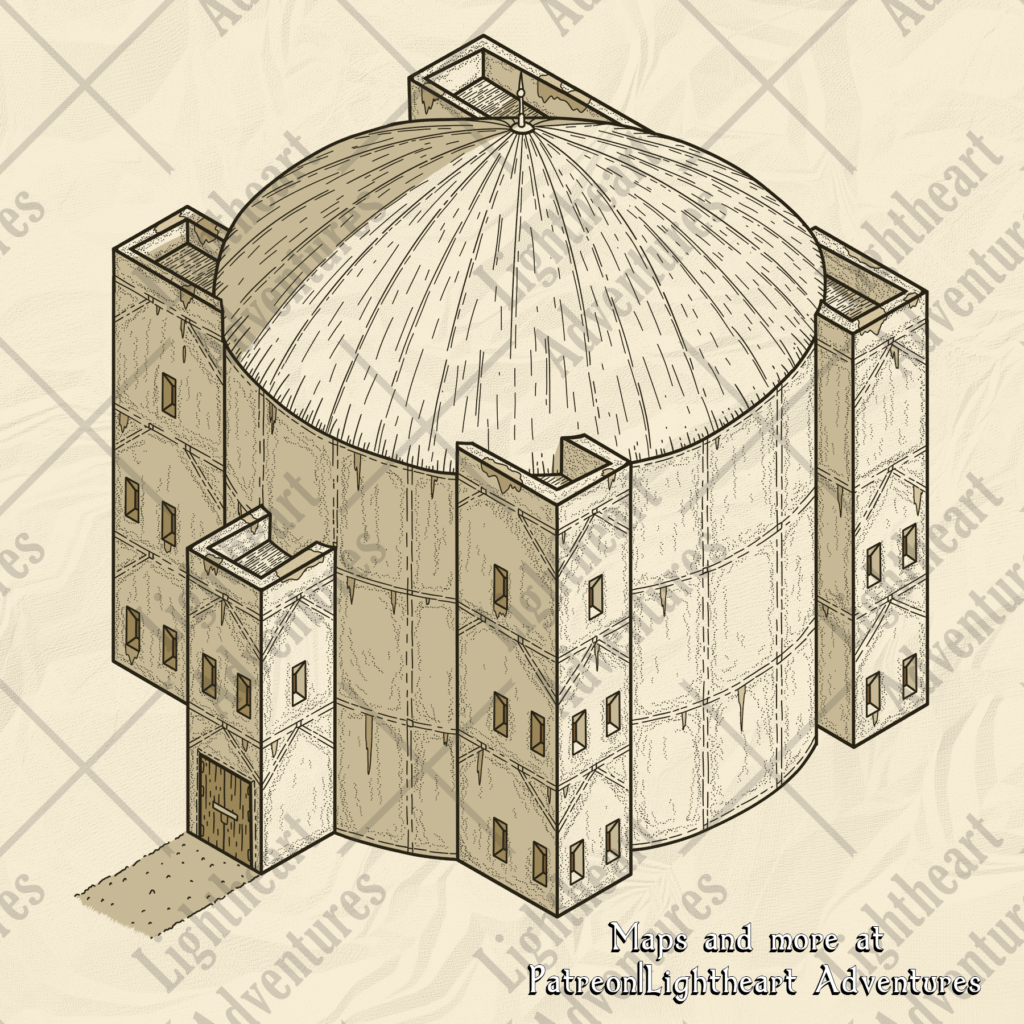
Thanks for dropping by! We would love to know how your first gaming session goes, so please drop a comment here on the blog, on Twitter, Facebook, Instagram, or Discord to let us know how it went! If you’d like access to more maps and content, including downloadable PDFs of our adventures, check out our Patreon. We’re able to do what we do because of all our amazing Patrons!
